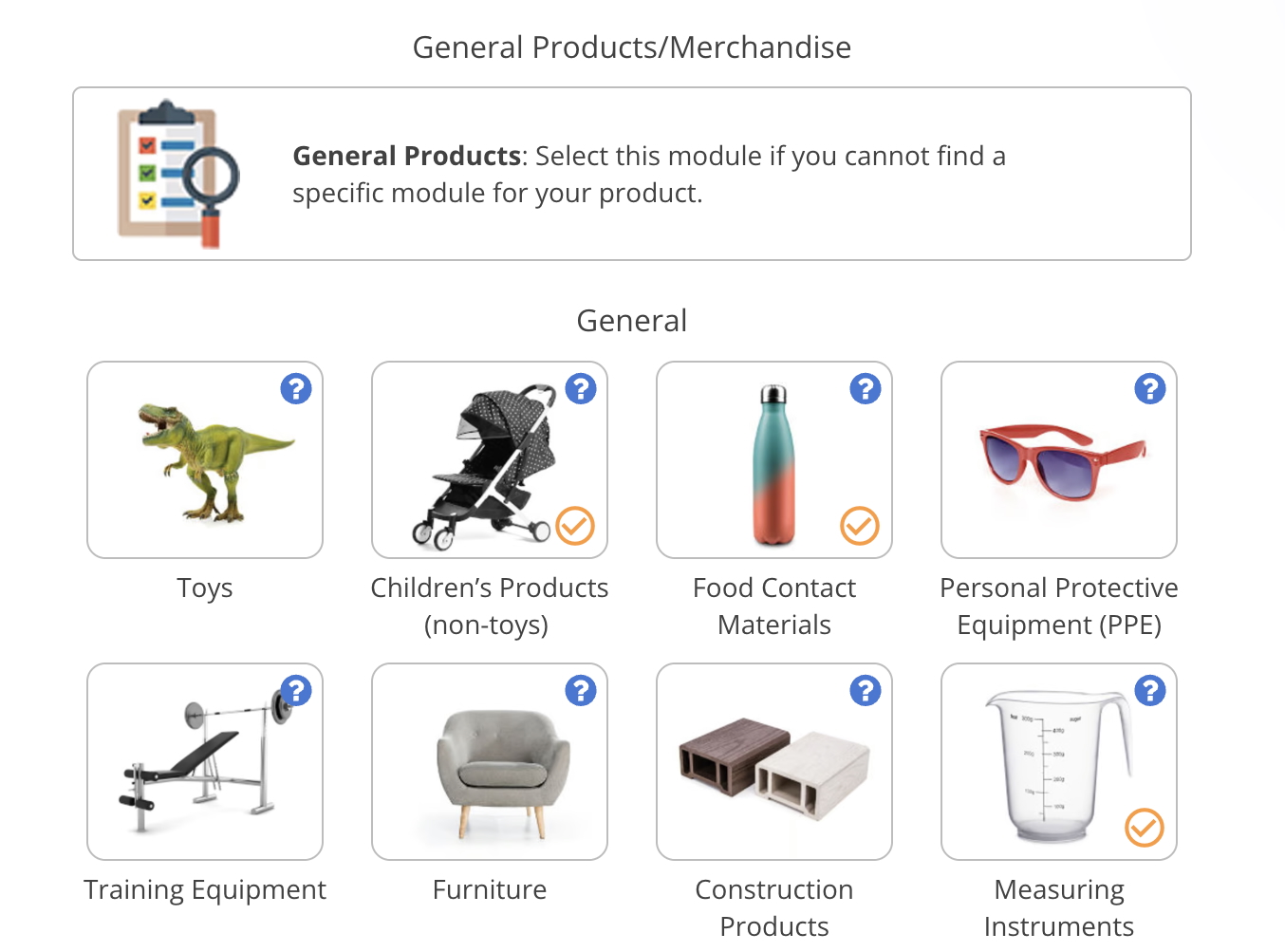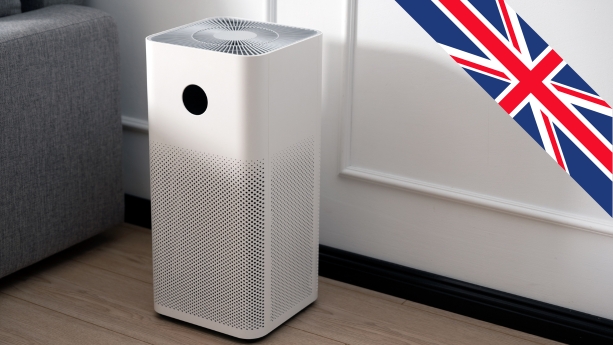
Electronic products manufactured or imported for sale in the United Kingdom are subject to various labelling requirements. This includes the UKCA mark, and other compliance marks which are inherented from the time the UK was a member of the European Union.
This guide provides an overview of various labelling requirements applicable to electronic and electrical products in the UK.
Content Overview

FREE CONSULTATION CALL (30 MIN)
 Ask questions about compliance requirements
Ask questions about compliance requirements Countries/markets:
Countries/markets:
 Learn how we can help your business
Learn how we can help your business
You will speak with:Ivan Malloci or John Vinod Khiatani
UKCA Mark
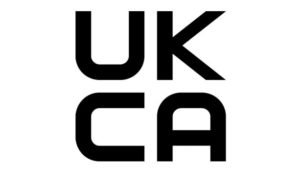
The UKCA mark indicates compliance with one or more UK regulations for which it is required. There are several UK regulations with UKCA marking provisions applicable to electronic products:
| UK Regulation | Scope |
| The Restriction of the Use of Certain Hazardous Substances in Electrical and Electronic Equipment Regulations 2012 | Electrical and electronic equipment |
| The Electromagnetic Compatibility Regulations 2016 | Products that can cause, or be affected by, electromagnetic disturbance |
| The Electrical Equipment (Safety) Regulations 2016 | Electrical equipment |
| The Radio Equipment Regulations 2017 | Radio equipment |
| The Ecodesign for Energy-Related Products Regulations 2010 | Energy-related products |
| The Supply of Machinery (Safety) Regulations 2008 | Machinery (e.g. portable woodworking chainsaws) |
More than one UK regulation mandating UKCA marking can apply to a single product. However, the UKCA mark is only affixed once.
Further, the UKCA mark is normally permanently affixed to the product. However, if the product’s size or surface does not allow for this, then you often also affix the UKCA mark to:
a. Product packaging
b. User instructions or other documentation
CE Mark
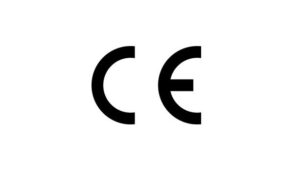
CE marking indicates compliance with EU regulations and directives, many of which also apply to electronic products. While the UK is not longer part of the EU, the former government has decided to accept CE marking for products covered by certain UK regulations.
Overview
- Equipment for Use in Potentially Explosive Atmospheres Regulations 2016/1107
- Electromagnetic Compatibility Regulations 2016/1091
- Electrical Equipment (Safety) Regulations 2016/1101
- Radio Equipment Regulations 2017/1206
- Supply of Machinery (Safety) Regulations 2008/1597
- Restriction of the Use of Certain Hazardous Substances in Electrical and Electronic Equipment Regulations 2012 (‘the RoHS Regulations’)
- Ecodesign for Energy-Related Products Regulations 2010
CE marking or UKCA marking?
In practice, you often have a choice between UKCA or CE marking for electronics sold in the United Kingdom. The purpose of this is to make it easier for compliance selling products in both the UK and the EU, as they can instead opt for CE marking in many cases.
Northern Ireland
Note that UKCA marking is not accepted as a compliance mark for electronics sold in Northern Ireland, which remains aligned with EU requirements.
UKNI Mark
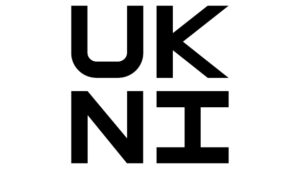
The UKNI mark is a compliance mark which is affixed under the following conditions:
1. Your product is sold in Northern Ireland
2. Your product requires the involvement of a Notified Body
3. However, instead of using an EU Notified Body, your product is certified by a UK Approved Body
As such, the UKNI mark is only relevant for electronics in certain circumstances.
WEEE Symbol
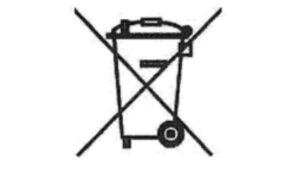
The Waste Electrical and Electronic Equipment Regulations 2013 mandate the crossed-out wheeled bin symbol that you can see above. It is meant to indicate separate waste collection.
The symbol is either placed on the product, packaging, or documentation, and should have the appropriate size as per the requirements of the BSI EN 50419 standard.
Additionally, the UK WEEE regulation states that a date mark must be added to clarify that the product has been placed on the market after 13 August 2005.
Traceability information
Several UK regulations applicable to electronic products mandate that traceability information is printed on the product, its packaging, or in accompanying documentation.
Electromagnetic Compatibility Regulations 2016/1091
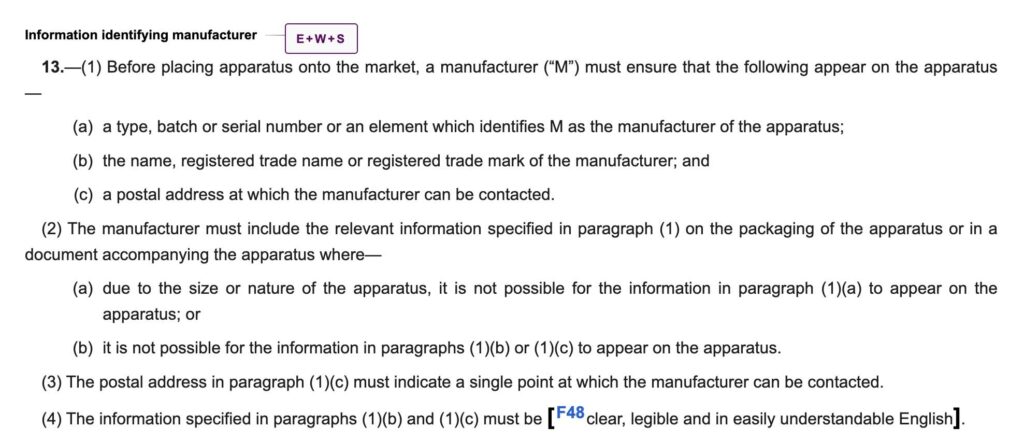
Radio Equipment Regulations 2017/1206
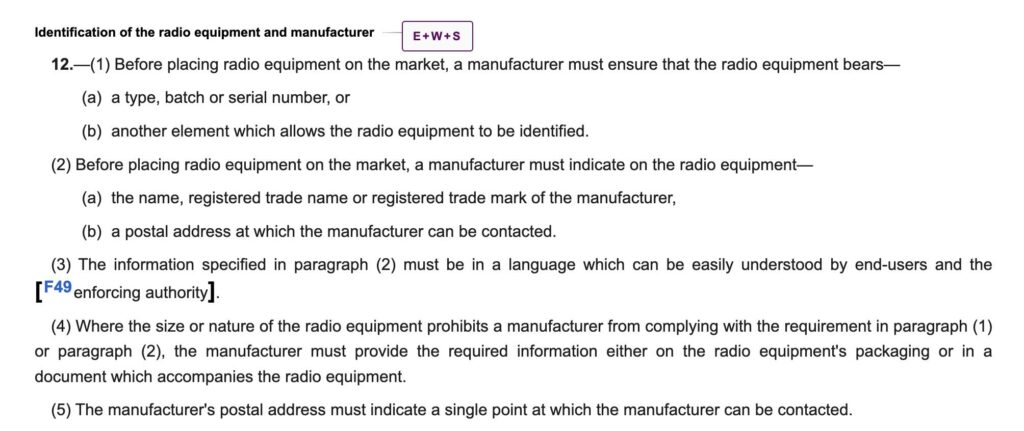
As you can see above, the information requirements are highly similar, if not identical, in the two regulations and many others that apply to electronics in the UK.
Required information
The following traceability information is normally required for electronic equipment sold in the UK:
1. Product name and model number
2. Batch or serial number (to identify the production run)
3. Manufacturer name and address
4. Importer name and address (if any)
5. Authorised representative name and address (if any)
Essential characteristics
The Electrical Equipment (Safety) Regulations 2016 require the inclusion of label information stating how electrical equipment can be used safely, and for what uses it was designed.
The essential characteristics, the recognition and observance of which will ensure that electrical equipment will be used safely and in applications for which it was made, must be marked on the electrical equipment or, if this is not possible, on an accompanying document.
For example, an extension cord should be marked with the maximum current to prevent consumers from overloading it.
Warnings and instructions
Providing complementary warnings and safety instructions can be necessary. Here are examples of warnings and instructions based on what IKEA uses for one of their extension cords sold in the UK:
Intended for indoor use only.
If the product is damaged, discontinue use and discard it.
Incorrect usage may result in harm to the product, individuals, or property.
Do not immerse in water or any other liquids.
Avoid placing in direct sunlight or near heat sources to prevent overheating.
Do not exceed the product’s maximum capacity.
Avoid connecting multiple units in a series.
Keep the product uncovered during operation.
For safe operation and to prevent overheating, ensure the cable is fully uncoiled before use.
This product is for adult use only and is not suitable as a toy or for use by children.
UK Plugs
According to the Plugs and Sockets etc. (Safety) Regulations 1994, a plug that is approved by a notified body should be marked with words, marks or abbreviations that allow to identify the notified body and explain that the product was approved by such a body.
Where necessary for safety, you also should mark information about the plug’s characteristics on either the plug itself or in an accompanying notice.
Note: Contains public sector information licensed under the Open Government Licence v3.0.
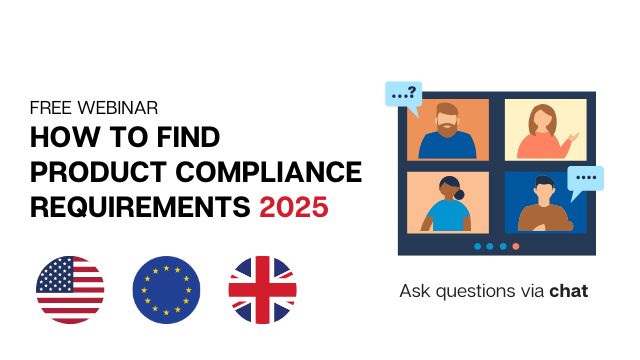





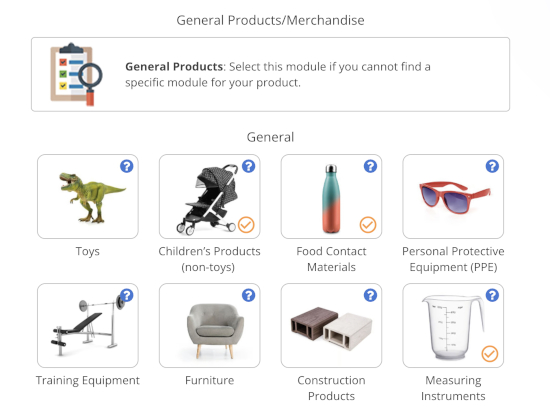









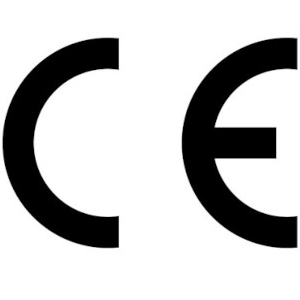




.png)
.png)
.png)
